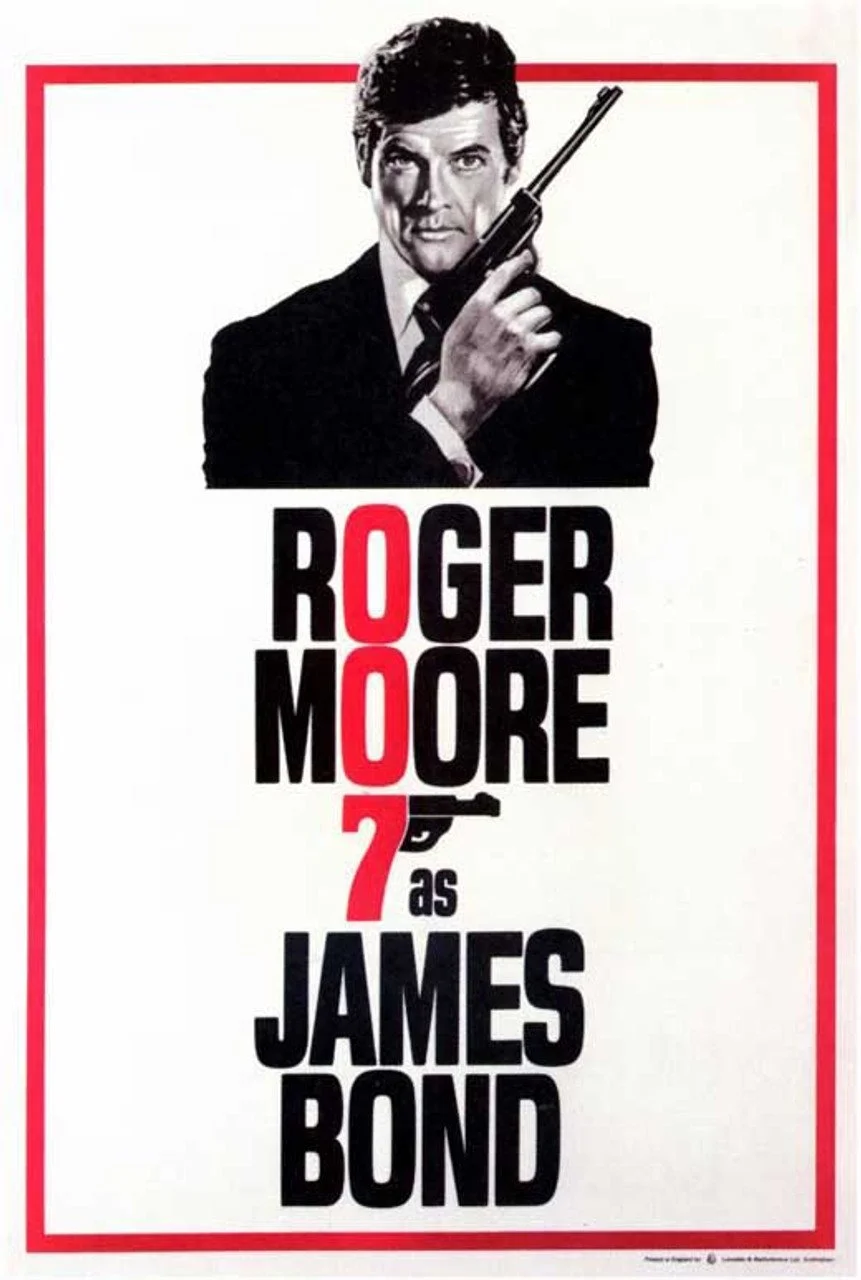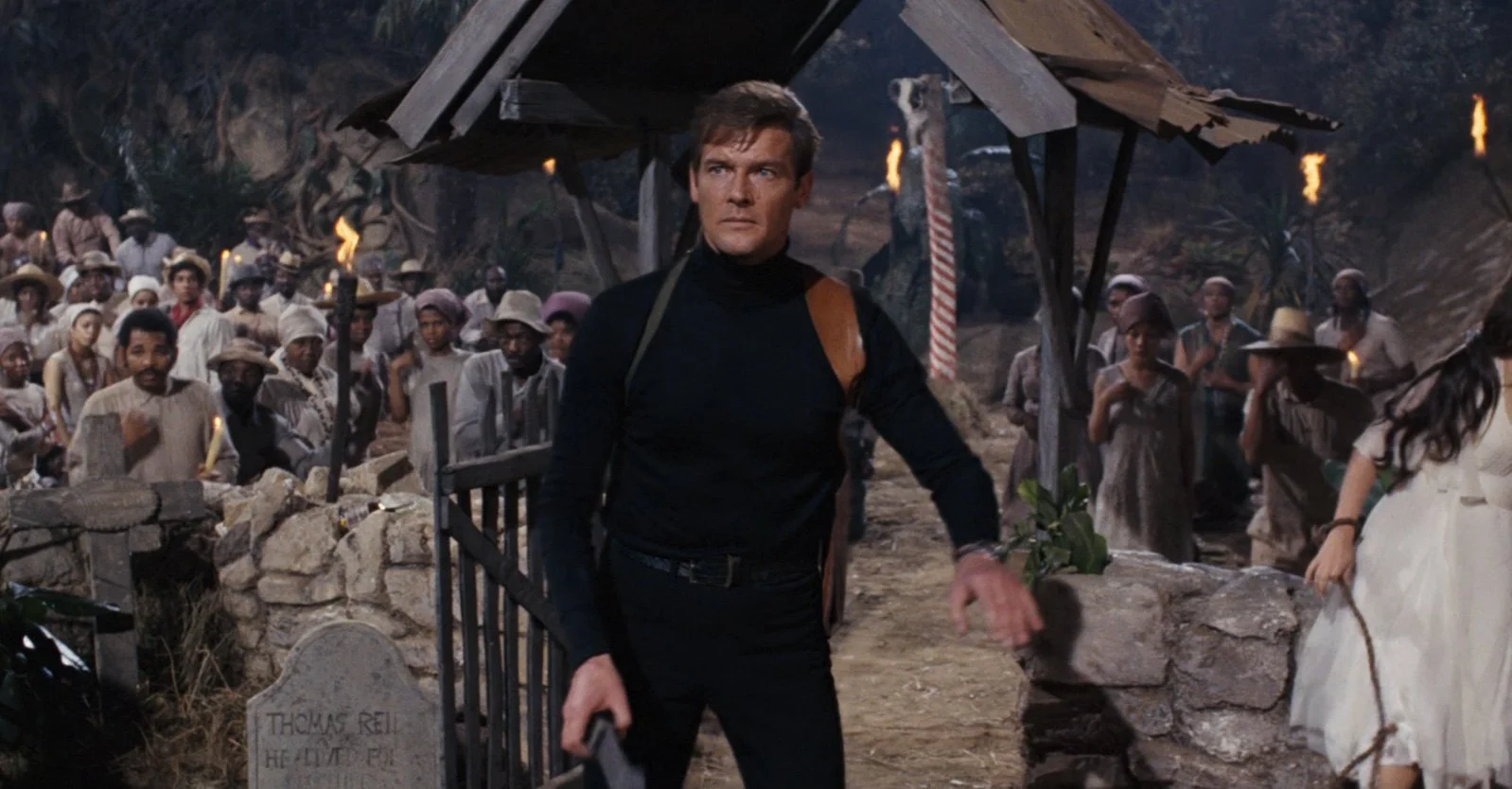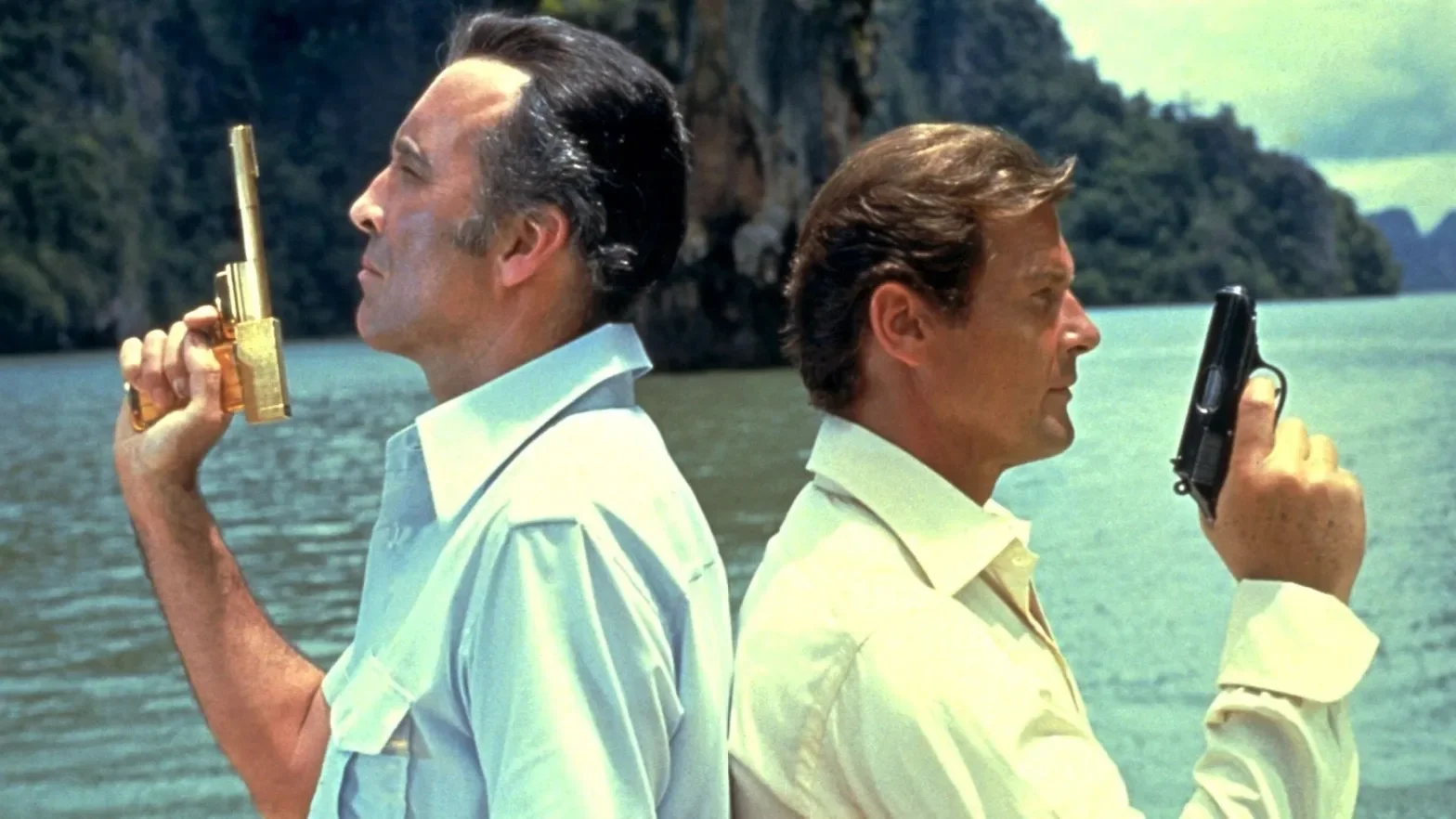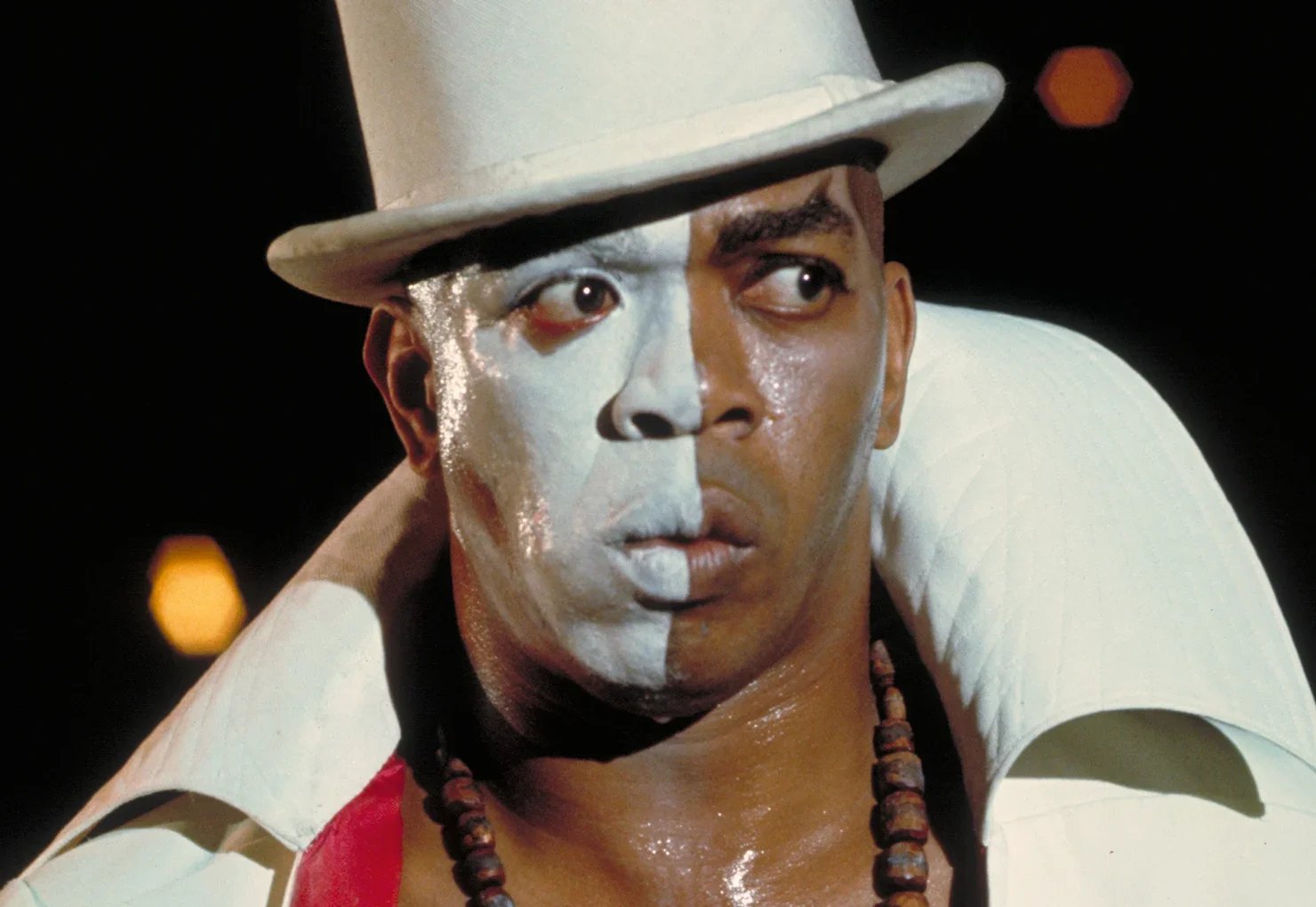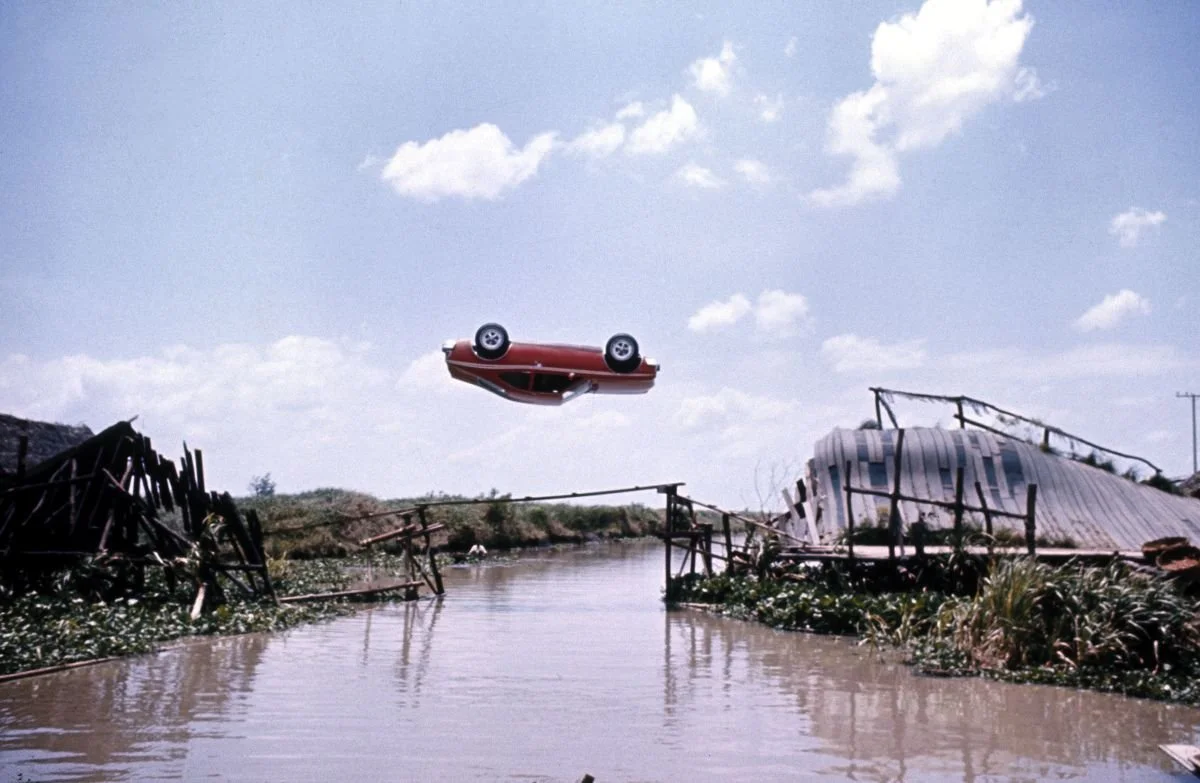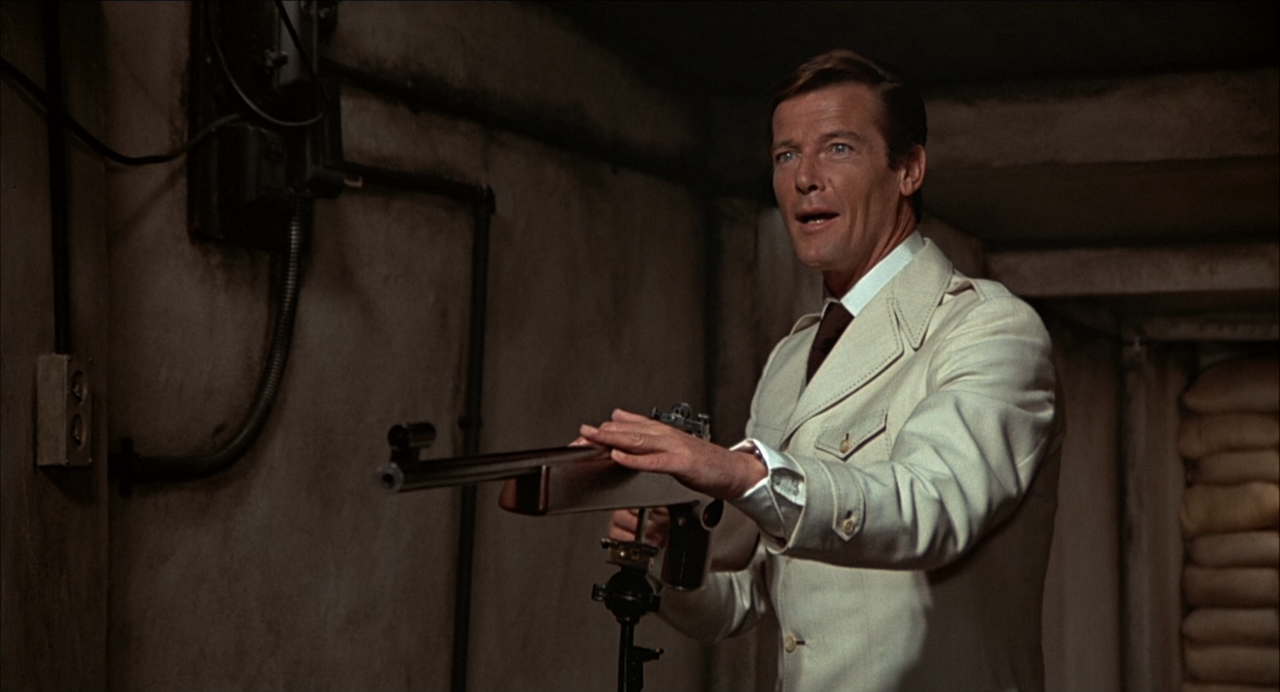Beginner’s Bond: Intro to Roger Moore
“Beginner’s Bond” is the tale of one movie nerd trying to close the largest gap in his cinematic knowledge: the James Bond franchise. I am watching all of the films in order for the very first time, and leaving my thoughts on each one here. Diamonds Are Forever reminded me of what a good 007 movie looks like, and I’m curious to see how Roger Moore fares in the iconic tuxedo.
However, today’s post is going to be a little different. This time, I’m going to cover two movies at once—Live and Let Die (1973) and The Man With The Golden Gun (1974). Sadly, both are pretty bad movies for many of the same reasons, so I don’t want to belabor the point with two whole posts about the same thing.
The best part of Live and Let Die is the title sequence, featuring the song of the same name by Paul McCartney and Wings. This is the first Bond theme I had heard on the radio and in other movies when I was growing up. I never knew it was a James Bond song—thought it was just another cool psychedelic rock track. Unfortunately, once the opening credits conclude, it all goes downhill with impressive speed. The film “borrows” inspiration from the blaxploitation genre that was popular at the time, and ends up creating the most racist Bond movie I have yet seen. MI6 sends 007 to Harlem to investigate the deaths of multiple agents under mysterious circumstances. His investigation leads him to Mr. Big, who isn’t a megalomaniacal supervillain so much as a really shrewd drug kingpin. He’s not trying to take over the world with a death ray; Mr. Big just has a fairly clever plan to corner the heroin market and get rich. With one exception, every single black person James Bond encounters in this movie works for the bad guys. Every cab driver, cook or cop—an entire congregation performing a fake funeral march in New Orleans to secretly remove corpses from the street. Even poor Rosie Carver, the first African American Bond girl, turns out to be a double agent employed by Mr. Big. Voodoo beliefs and practices are depicted as black magic used by a cult of criminals who gather to do tribal dances in traditional dress while performing the ritual sacrifice of a white woman. James Bond’s distaste for this “strange” culture is regrettably pronounced. He looks utterly disgusted by everything he sees in this film, unable to believe people really live this way. And to mention the obvious, the very white, very British man James Bond is the worst spy you could assign to infiltrate Harlem or New Orleans. He does not escape notice.
The Man With The Golden Gun is more entertaining than its predecessor. While it demonstrates a profound ignorance of Asian cultures (particularly around martial arts), it’s not as egregiously offensive as Live and Let Die. I counted at least four Chinese characters that were good guys, which is a small but significant improvement. In this film, 007 meets his match: Francisco Scaramanga, an assassin of incomparable skill who always kills his targets with a single golden bullet fired from a matching gun. Scaramanga is actually a fan, considering Mr. Bond his only true equal in the field of violence. In pursuit of his quarry, 007 follows the trail from Macau to Hong Kong, and then on to Thailand. Throughout the journey, different peoples and cultures of Asia are treated as basically interchangeable. James is captured and taken to the enemy’s karate school to fight its students in death matches, which makes no cultural sense. Karate is Japanese, and so at the time it was vanishingly unlikely there would be a functioning dojo in Thailand. Muay Thai is the native martial art of Thailand, yet the students use moves and forms that are neither. Apparently an army of killers is trained here, but when James kicks the asses of their two top students before making his escape, aided by the Hong Kong cop and… his nieces that he’s picking up from school? The cop uses kung fu, while his nieces use wuxia-style moves more suited to stage fighting than real combat. Whatever move the enemy does has to be very broad and slow so that Roger Moore can actually block it and counterattack. As a result, the movie manages to make martial arts training look like a liability in a fist fight. Which is such a strange deficiency to find in a film that is clearly inspired by Bruce Lee’s kung fu masterpiece Enter the Dragon, which had released the previous year. But at least The Man With The Golden Gun doesn’t cast an entire race of people as evil.
Unlike its predecessor, The Man With The Golden Gun has a few highlights that make it easier to watch. Christopher Lee’s portrayal of Scaramanga is fantastic despite a deficit of worthy material to work with. At the end of the movie the script just staples a generic death ray plot onto a villain not suited to it, but Scaramanga’s childish delight at getting to play cat and mouse with the object of his admiration is infectious. It’s also fun for the audience to watch a character that is capable of outsmarting and manipulating James Bond. For the first time, our favorite secret agent spends most of the film on his back foot. This movie also contains one of the most perfectly-executed practical car stunts ever captured on film, a corkscrew jump off broken bridge with a flawless landing. Bumps Willert, the stunt driver, nailed it on the first try. He got a standing ovation on the set and a $30,000 bonus, both well-deserved. But the director put a slide whistle to the scene, which undercuts the awesome stunt that just happened and turns it into a cartoon.
Finally, let’s talk about the man of the hour. Roger Moore—is he James Bond?
A tentative yes. Moore clearly isn’t trying to imitate Sean Connery. He’s trying to build his own version of Bond, and it has potential. This version of 007 is extra campy, addressing more one-liners to the camera than either of his predecessors. Moore is certainly adept at playing the dashing debonair gentleman part, but this Bond is a cold and calculating sociopath compared to Connery’s restrained killer. He wields violence like a scalpel, not a hammer. The flaw in the performance is that Moore plays Bond as too unflappable. There’s no threat that can’t be dismissed with a brief witticism, and it gets difficult to escalate things in the third act when the main character has the same blasé reaction to extrajudicial murder as he does to champagne that hasn’t been properly chilled. The audience isn’t going to believe the stakes are raised if the hero still hasn’t raised an eyebrow. I don’t need to see James Bond have an emotional meltdown, but he should have more than two reactions to pick from in every situation. If 007 looks bored with the whole thing, the audience will be too.
So Roger Moore wasn’t that bad, despite being given two of the worst scripts in the series. I’m willing to give him the chance to really explore the character and refine his performance. All that is to say… I really hope The Spy Who Loved Me isn’t this bad. Maybe it’ll just be cheesy and outdated instead of outright offensive. Fingers crossed.
